LimpingFish's Computo Obscurio Episode 7: Star Wars!
By LimpingFish 1 Comments
Dah-dah-dadada-DAH-dah-dadada-DAH-dah-dadadadaaaaaah!
Ah, Star Trek.
...
I mean...Star Wars.
Welcome to Computo Obscurio episode seven! Today, I'll be taking a look at Star Wars: Attack on the Death Star, developed by MNM for the Sharp X68000 and NEC PC-98*, and released in Japan in 1991. It also happens to the the best Star Wars game you've (probably) never played.
First, some history...
In 1983, Atari released the first licensed Star Wars arcade game. "Star Wars" was a flight-simulator based around the first movie's (Episode IV for people who buy into that particular brand of madness!) climactic Rebels V Death Star smackdown. It's subsequent success was responsible for a slew of home conversions, spread over the next six or seven years, most of which failed to capture the simple appeal of the original cabinet.
Until Sega's Star Wars Arcade, or LucasArt's X-Wing, both released in 1993, the original Atari game remained the best interactive representation of every Star Wars fanboy's wet dream.
Record scratch!
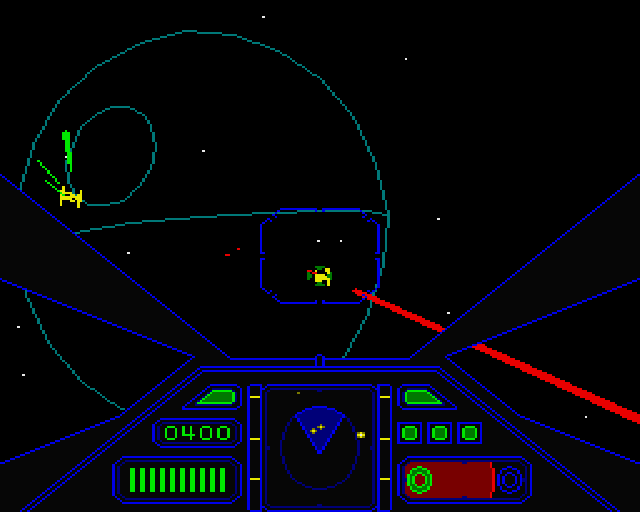
In 1991, after two years of development time, and some lengthy business negotiations, Japanese publisher Victor finally struck a deal with LucasArts to bring an enhanced version of the Atari game to Japanese home computers.
Based around the same three-level structure as Atari's original, and using wire-frame 3D to ape the arcade cabinet's vector graphics, Attack on the Death Star, developed by MNM Software, not only had deeper gameplay, but also added features that would eventually find their way into LucasArts' own X-Wing games; a four-way cockpit view, and a third-person "chase" view.
Like the arcade original, AotDS spread it's action (Hmm!) over three stages:
Stage 1: TIEs! KILL!
Stage 2: Clear the Death Star surface of pesky turrets.
Stage 3: Down the trench, torpedo hole, celebrate!
But AotDS gave the player a lot more freedom of movement, as opposed to the almost on-rails nature of the arcade original, while the "shoot enemy missiles" mechanic of the original game was removed entirely, replaced by a more accurate take on the movie's dogfights.
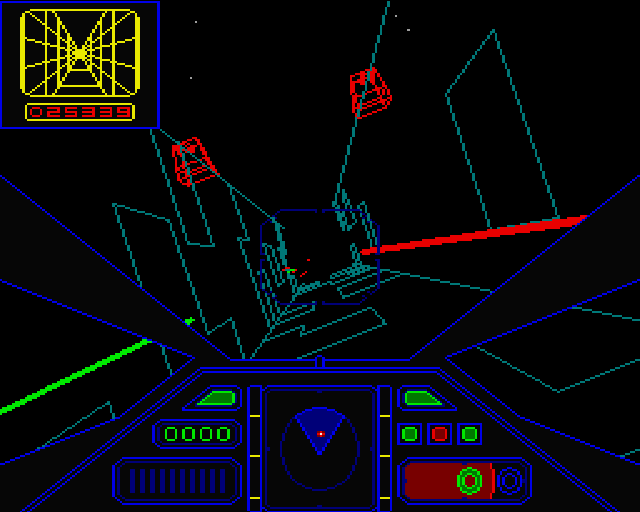
Along with an intro comprised of a five minute wire-frame reproduction of key scenes from the movie, MNM added dozens of lines of digitized speech, and worked elements of the movie's various graphical displays (such as the targeting computer and the Death Star countdown timer in the screenshot above) into the game's HUD, helping make Attack on the Death Star the most authentic home Star Wars experience available at the time of it's release.
Also worth a mention is the game's "Trace" mode, which enabled play sessions to be recorded, saved, and distributed between systems; a revolutionary feature, and remarkable technical achievement, for the time.
Released on the 17th of December 1991, AotDS quickly went to the top of the home computer charts, and was subsequently proclaimed OH! X magazine's (a popular publication dedicated to Sharp systems) Game of the Year in a number of award categories.
A sequel was later announced, but nothing ever came of it. Boo!
Video!
Video info! Depending on player skill, or lack thereof, an AotDS session can be quite time consuming. Seeing as I'm closer to the "sucks" end of the skill scale, I've edited the video down to best represent the levels contained in the game. Plus, I totally choked the trench run. Oh, and watch on 480p...best quailty...etc.
So there you have it. The best Star Wars game you've (probably) never played.
And another Computo Obscurio in the bag. Thanks for watching/reading, and check back again...soon!
*Footnote! While I've chosen to highlight the X68000 version, the game was, as I said at the start of this post, also released on the NEC PC-98. That version is, unfortunately, an inferior port, with cut content and no joystick control. It also doesn't have the way cool cockpit view, so screw it!

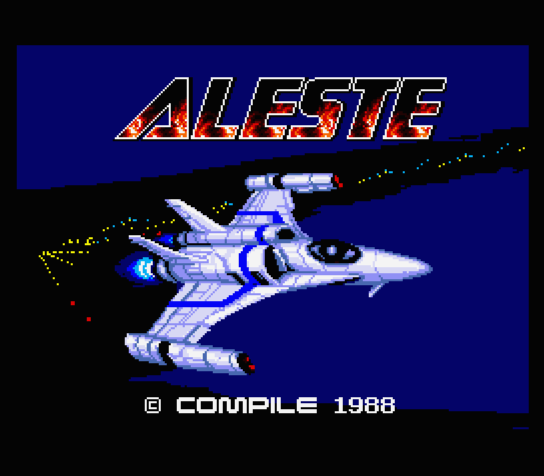

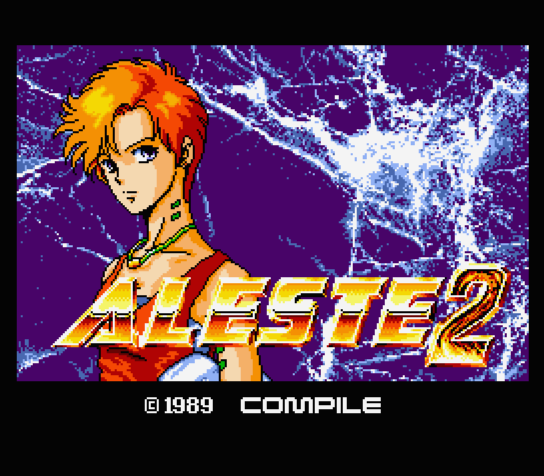
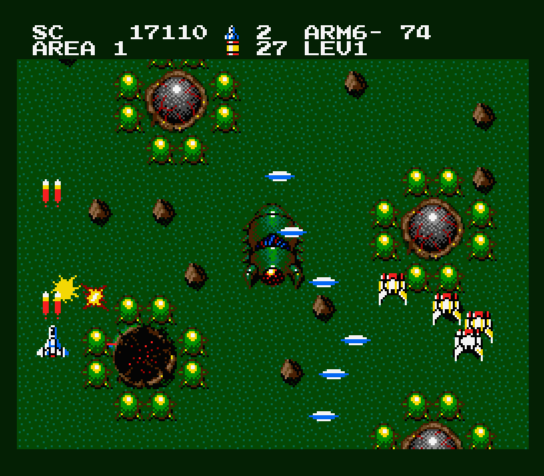
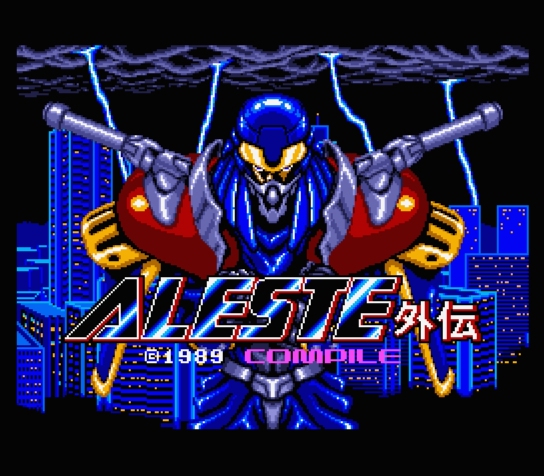
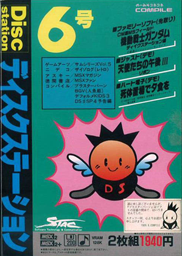
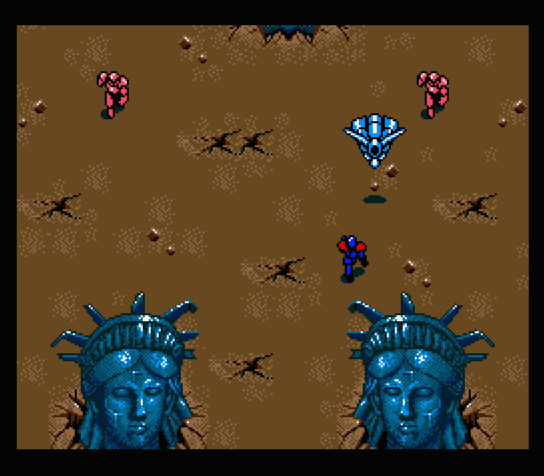
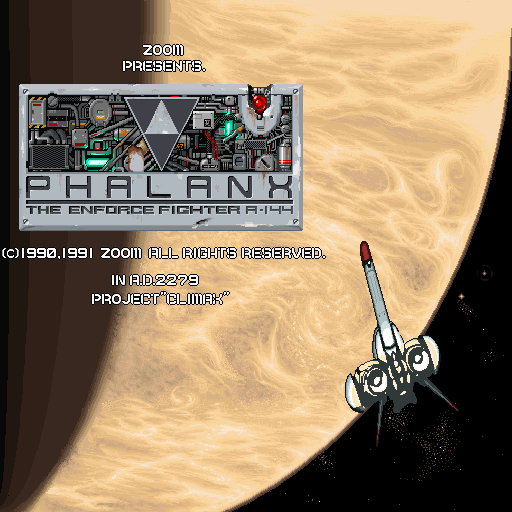
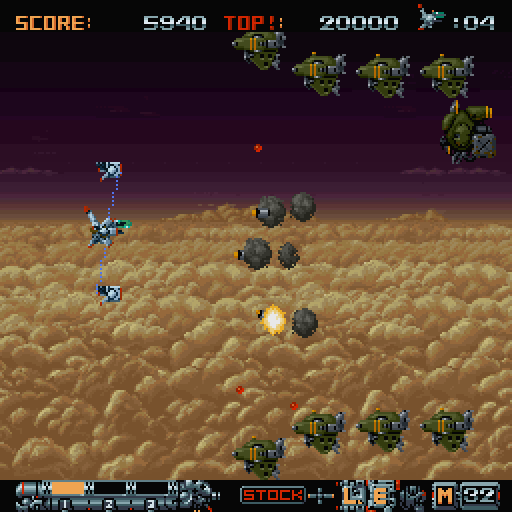
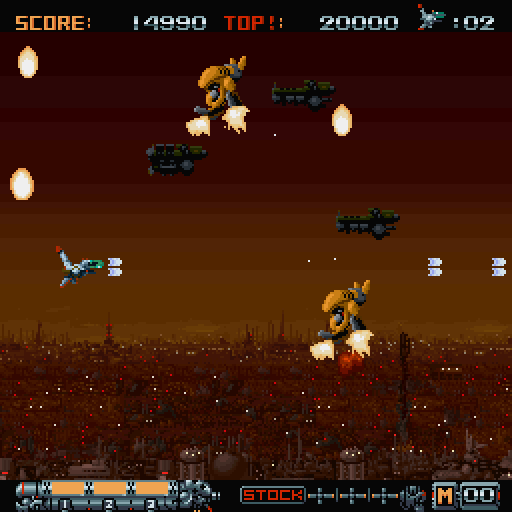
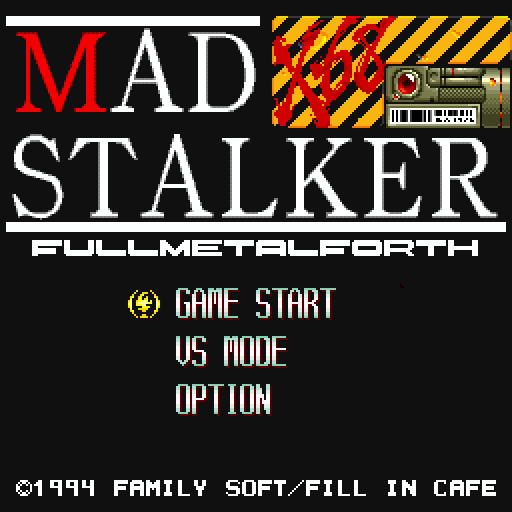
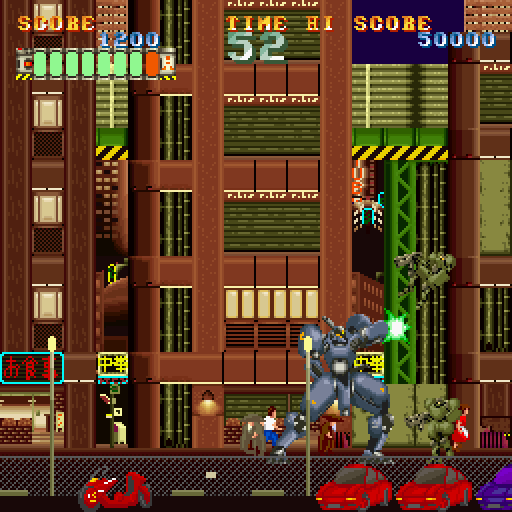
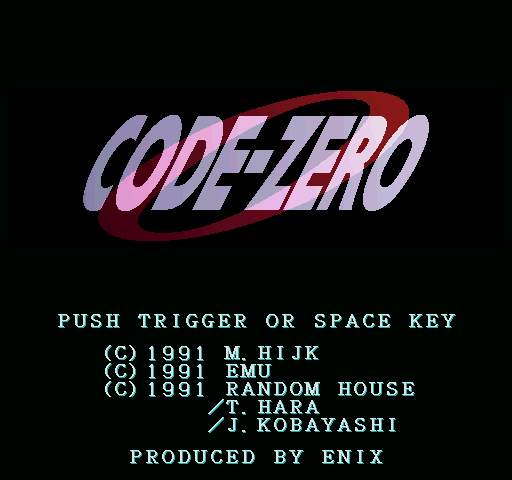
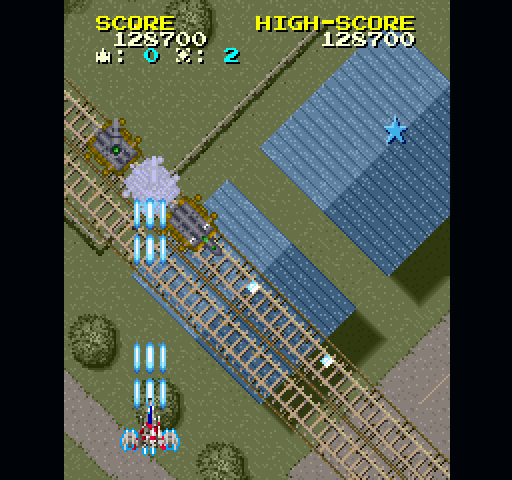
Log in to comment